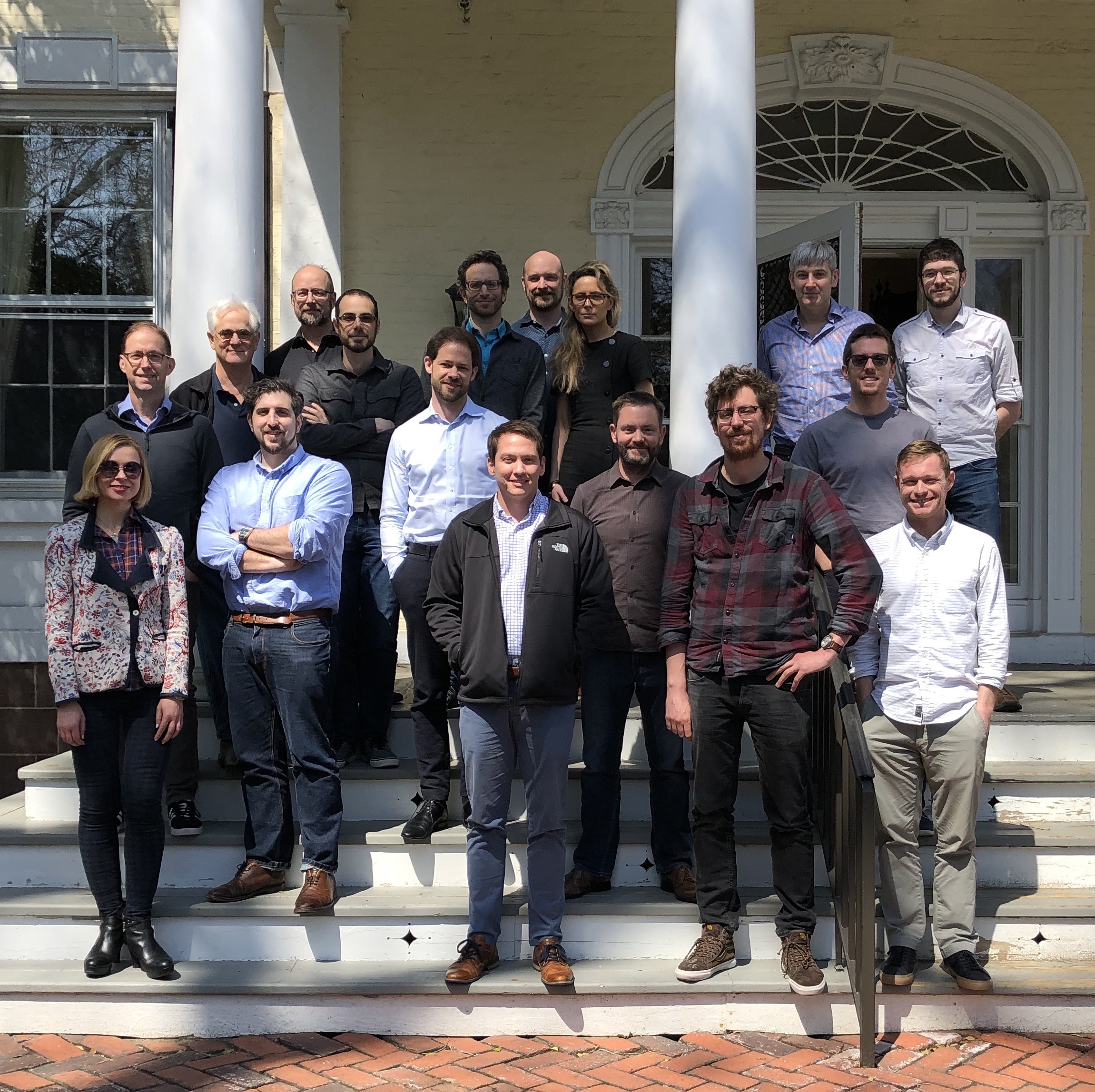BIDS-Computational Models Summary
A few weeks ago (April 3-5, 2019), we hosted a 3-day meeting at Princeton University to further develop and extend BIDS to cover Computational Models. We invited an international group of researchers with diverse experience in designing and implementing computational models. The goal of the meeting was to devise a set of use cases and develop sample implementations in the form of BIDS-Apps. This focused our efforts on developing a specification for describing computational models.
The meeting was structured to establish the computational models space we aimed to represent and then generate proof-of-concept models as BIDS-Apps. To do this, we engaged the entire group for high-level discussions of the scope of models to represent and the necessary components, and we then split into working groups to implement and extend the group decisions. In keeping with previous BIDS meetings, the goal was to produce conventions that could be easily adopted, and emphasis was placed on reusing existing conventions and technologies (“don’t reinvent the wheel”), and focusing on the most common use cases (the “80/20 rule”). The discussions were anchored by the articulation of specific use cases, to prevent premature overgeneralization, and we found that two broad classes of extensions would be needed: Input and output data for various classes of model (which nicely ties into the BIDS-Derivatives extension) and a model specification language (which mirrors aspects of the BIDS-Statistical Models extension).
We felt it was important to distinguish the model from the estimation process, leaving many details of the latter to be specified in the application itself and the forthcoming BIDS Execution specification, and focusing on a package-agnostic JSON specification. The final portion of the meeting was spent coding up BIDS-Apps for proof-of-concept demonstrations. The sample BIDS-App constructed by Gilles de Hollander, Russ Poldrack and others was an HDDM model from Michael Frank’s lab that was used to illustrate how models may be packaged according to the principles established in the meeting. Another sample BIDS-App was constructed by John Griffiths and others for The Virtual Brain, demonstrating their generalizability across different classes of model.
Looking forward, we plan on developing and distributing several BIDS extension proposals established by this meeting, as well as contributing to existing efforts to standardize anatomical and connectomic derivatives. This will allow us to naturally extend the BIDS specification by breaking the computational modeling space down to more manageable parts. We welcome all community input on the different specifications being developed; please feel free to leave comments anywhere you would like to contribute!
We would like to thank all the attendees for taking the time to travel and participate in the meeting!



Submit a comment